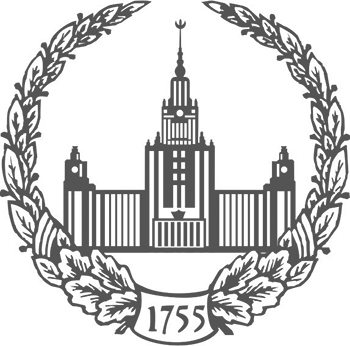Andrey Yuryevich Ovchinnikov

Andrey Yu. Ovchinnikov
Institute of Physico-Chemical and Biological Problems of Soil Science of the Russian Academy of Sciences
E-mail: ovchinnikov_a@inbox.ru
ORCID ID: https://orcid.org/0000-0001-7280-9552
-
Paleocryolithopedogenesis and differentiation of chernozems the center of the European part of Russia for microreliefMoscow University Bulletin. Series 17. Soil science. 2025. Vol. 80. N 2. p.35-50read more427
-
The results of morphogenetic studies of soils in the forest-steppe zone (Venevsky district of the Tula region) are presented. Soils are formed under conditions of paleocryogenic microrelief, represented by blocks and interblocks, on which the soils differ in a number of morphological and physico-chemical characteristics, allowing them to be classified as leached slightly covered medium-depth slightly humus (Luvic Chernozems) and podzolic deep-gley medium-depth slightly humus (Luvic Phaeozems), respectively. They are formed on paleocryogenically transformed soil-forming rocks, have passed the stage of a complex process — cryolithopedogenesis, and soils on different microrelief elements should be considered as a genetically related two-unit body. A comprehensive methodological approach based on macro- and micro-studies of soil features allowed us to identify soil combinations (complexes and spots) in the structure of the soil cover. However, since this territory has passed the stage of periglacial cryogenic transformation, and the soils were formed on a paleocryogenic microrelief, the term "paleocryolithogenic" soil combinations is proposed for such and similar territories.
The concept of the role of cryolithogenic processes in the Late Pleistocene, which determined the formation, evolution and differentiation of modern chernozems in the center of the East European Plain, is proposed.Keywords: pedogenesis; paleopedogenesis; soil-forming rocks; Late Pleistocene; Holocene; soil combinations.
-


